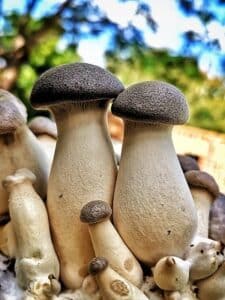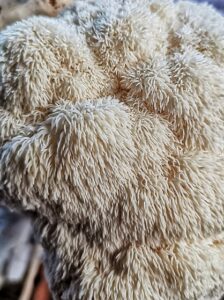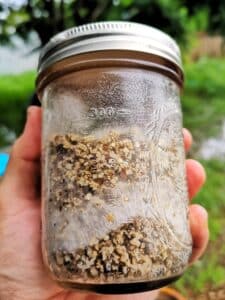Have you ever heard of the cordyceps mushroom? It may look harmless, but this parasitic fungus has a dark side that could make your skin crawl. In a world where nature can be both beautiful and dangerous, the cordyceps mushroom represents the latter, with a frightening potential that has scientists and survivalists alike taking notice
Table of Contents
What Is Cordyceps?
The cordyceps mushroom is a genus of parasitic fungi. It is a type of ascomycete fungus that is found in many parts of the world, including tropical and temperate regions of Asia, Europe, and the Americas. The fungus infects various species of insects and arthropods, including caterpillars, beetles, and ants, and manipulates their behaviour to promote its own reproduction.
Cordyceps grows on the host’s body, eventually killing and replacing it. The fruiting bodies of the cordyceps mushroom then emerge from the host’s body and release spores, which can infect other hosts. This unique life cycle, along with its ability to control the behaviour of its hosts, has made cordyceps a subject of fascination and study in the scientific community.

Can Cordyceps Turn Hosts into Zombies?
The cordyceps mushroom is a parasitic fungus that has the ability to infect and control the behavior of its hosts. It is a highly adaptable species that can infect a wide range of hosts, including insects, spiders, and small mammals. Once infected, the fungus takes over the host’s nervous system, guiding its movements to a suitable location for the fungus to grow and reproduce. This is where the “zombie” aspect of the cordyceps mushroom comes into play.
The transformation of the host into a “zombie” is a slow and gradual process, but the end result is frightening. The fungus manipulates the host into performing actions that are beneficial for its own survival and reproduction, often at the expense of the host’s well-being. For example, infected insects will climb to the top of a plant and attach themselves to a leaf, where the fungus can grow and spread its spores into the environment. In this way, the cordyceps mushroom is able to spread and infect other hosts, perpetuating its cycle of control and domination. The ability of the cordyceps mushroom to turn its hosts into zombies is a testament to the remarkable power of nature, and a reminder of the fragility of the natural world.
Cordyceps in Pop Culture
Cordyceps has been featured in various forms of pop culture, most notably in video games and movies. One of the most well-known depictions of cordyceps is in the popular video game “The Last of Us,” where a fungal pandemic has devastated humanity and turned many survivors into infected, violent “zombies.” This depiction of cordyceps as a highly contagious and dangerous pathogen has made it a popular topic of discussion among gamers and sci-fi fans.
Another notable example is the 2010 documentary “Cordyceps: Attack of the Zombie Ants,” which explores the fascinating life cycle of cordyceps and its impact on its insect hosts. This documentary has helped to raise awareness of cordyceps and its unique abilities, and has further cemented its place in popular culture as a mysterious and intriguing organism.
In recent years, cordyceps has also been touted for its medicinal properties and has become a popular ingredient in traditional Chinese medicine and dietary supplements. This has further increased its exposure and recognition in popular culture, making it a well-known and sought-after substance.
Overall, cordyceps has gained a significant following in pop culture due to its unique abilities and its depiction in various forms of media, and it continues to capture the imagination of people around the world
Using Cordyceps as a Natural Pest Control
Cordyceps mushrooms are a type of fungus that are known for their ability to infect and control insect hosts, making them a potential option for pest control. The fungus invades the body of the host insect, manipulates its behaviour, and eventually kills the insect, allowing the fungus to continue its life cycle.
One of the key benefits of using cordyceps as a pest control agent is that it is a natural and environmentally friendly alternative to traditional chemical pesticides. Cordyceps have been used for centuries in traditional medicine and are not toxic to humans or other mammals, making them a safer option for controlling pests in food production and other settings.
Additionally, cordyceps have a specific host range, meaning that they are only capable of infecting certain species of insects. This specificity makes cordyceps a targeted and effective option for controlling pests, as it minimizes the risk of harm to non-target species and reduces the impact on the environment.
However, there are also challenges associated with using cordyceps as a pest control agent. For example, it can be difficult to cultivate and mass produce cordyceps in the laboratory, and the process can be expensive. Additionally, it is not yet clear how effective cordyceps will be as a pest control agent in real-world settings, as more research is needed to fully understand its potential as a tool for controlling pests.
Cordyceps mushrooms have potential as a natural and environmentally friendly option for controlling pests. While there are challenges associated with its use, the potential benefits make cordyceps an interesting area of research for the development of alternative pest control methods.
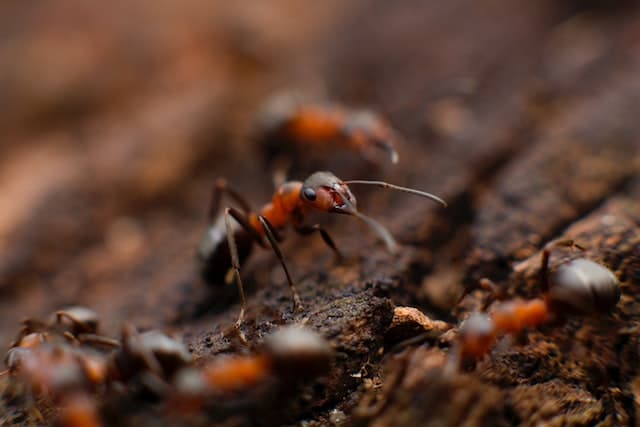
The Real Risk of Cordyceps
Introducing cordyceps into new environments can potentially have several risks, including:
Invasive species: Cordyceps are capable of infecting and killing insects, and if introduced into a new environment, they may be able to infect native species that have not developed a defense mechanism against the fungus. This could lead to declines in insect populations and alterations to ecosystem dynamics.
Unintended consequences: The introduction of cordyceps into a new environment could have unintended consequences, such as the spread of the fungus to non-target species or the creation of new pests. Additionally, cordyceps could spread to new regions and compete with native fungi for resources.
Unpredictable effects: The effects of introducing cordyceps into a new environment are difficult to predict, as it is not yet fully understood how the fungus interacts with new host species and ecosystems. This uncertainty can make it difficult to manage the potential risks and consequences of introducing cordyceps into new environments.
Lack of control: Once introduced, it may be difficult to control the spread of cordyceps in a new environment. The fungus can reproduce quickly and has a wide host range, making it difficult to eradicate once established.
It is important to carefully consider the potential risks and consequences of introducing cordyceps into new environments, and to take appropriate measures to prevent the spread of the fungus to new regions. This may include careful quarantine procedures, monitoring programs, and research to better understand the potential effects of introducing cordyceps into new environments.
Health Benefits of Cordyceps
Cordyceps has been used in traditional Chinese medicine for centuries, and has recently gained popularity as a dietary supplement due to its perceived health benefits. Some of the most commonly touted benefits of cordyceps include:
Boosting energy and endurance: Cordyceps is believed to improve energy levels and athletic performance, making it a popular supplement among athletes and active individuals.
Improving respiratory function: Cordyceps is believed to have anti-inflammatory and immune-boosting effects, making it useful for treating respiratory problems such as bronchitis, asthma, and chronic obstructive pulmonary disease (COPD).
Enhancing the immune system: Cordyceps is believed to have immunomodulatory properties that help to boost the immune system and protect against infections and diseases.
Improving heart health: Cordyceps is believed to have beneficial effects on cardiovascular health, including reducing blood pressure, improving blood circulation, and reducing cholesterol levels.
Supporting liver health: Cordyceps is believed to have hepatoprotective effects, which means that it can help to protect the liver from damage and improve liver function.
It is important to note that while cordyceps has been used for centuries in traditional medicine and has been associated with various health benefits, there is limited scientific evidence to support many of these claims. More research is needed to fully understand the potential health benefits of cordyceps and determine its effectiveness as a supplement.
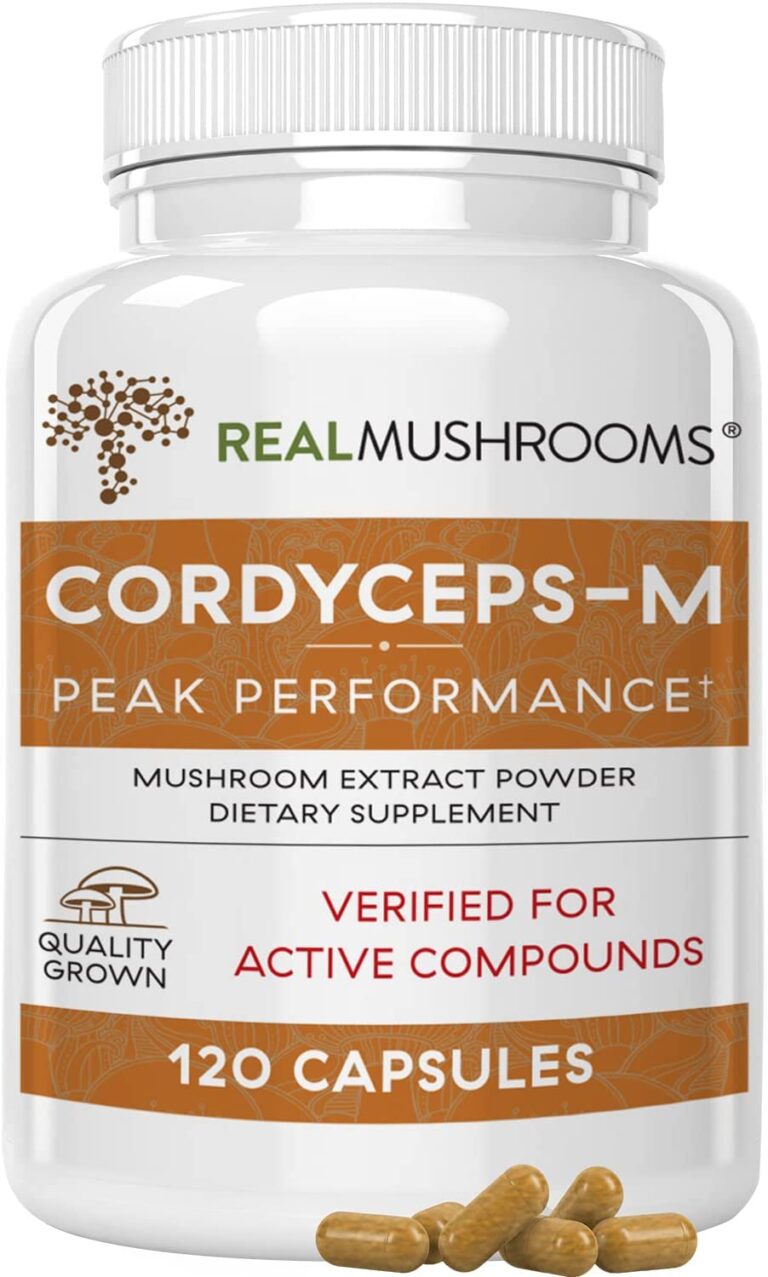
Cordyceps as a Nootropic
Cordyceps has gained popularity in the nootropic community as a natural supplement that is believed to enhance cognitive function and improve mental performance. Nootropics are substances that are taken to improve cognitive function, including memory, creativity, motivation, and attention.
Some proponents of cordyceps as a nootropic claim that it can help to improve mental clarity, increase focus and concentration, and enhance overall cognitive function. Cordyceps is also believed to have neuroprotective properties, which means that it may help to protect the brain from damage and support healthy brain aging.
However, it is important to note that there is limited scientific evidence to support these claims, and more research is needed to fully understand the potential effects of cordyceps on cognitive function. Additionally, cordyceps is not regulated by the FDA and there is a lack of quality control in the production of cordyceps supplements, so it is important to be cautious when taking any new supplement and to speak with a healthcare provider before starting any new regimen.
Wild Versus Lab Grown Cordyceps
Wild cordyceps mushrooms are highly prized and are one of the most expensive medicinal mushrooms in the world, with prices ranging from hundreds to thousands of dollars per kilogram. The high cost of wild cordyceps is due to a combination of factors, including its rarity, demand, and the difficulty of harvesting the mushroom in its natural habitat.
Due to the high cost of wild cordyceps, there has been a growing interest in the development of laboratory-grown cordyceps. Lab-grown cordyceps are produced by culturing the fungus under controlled conditions, and they offer several advantages over wild-harvested cordyceps, including:
Consistency and purity: Lab-grown cordyceps are produced under controlled conditions, which helps to ensure consistency in terms of quality and potency. This also helps to reduce the risk of contamination and ensure that the product is free of impurities and contaminants.
Cost-effectiveness: Lab-grown cordyceps are significantly less expensive than wild-harvested cordyceps, making it more accessible to a wider range of consumers.
Sustainable production: Lab-grown cordyceps offer a more sustainable and environmentally friendly alternative to wild-harvested cordyceps. By growing the fungus in the lab, it is possible to reduce the impact on wild populations and ecosystems.
In conclusion, while wild cordyceps is highly prized for its perceived health benefits and traditional uses, lab-grown cordyceps offers a cost-effective, consistent, and sustainable alternative.
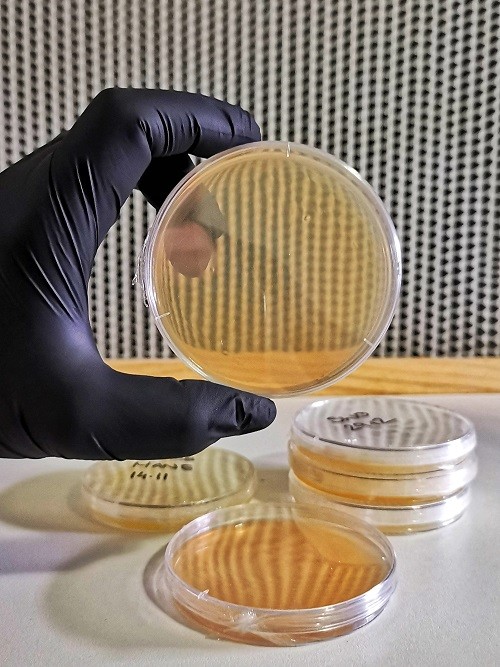
Choosing the Best Cordyceps Supplement
Finding a high-quality cordyceps supplement can be challenging due to a number of factors, including:
Lack of regulation: Cordyceps is not regulated by the FDA, which means that there is no standardized definition or quality control measures in place. This can lead to inconsistencies in terms of quality, potency, and purity of cordyceps supplements.
Misleading labeling: Some cordyceps supplements may be mislabeled or contain impurities, such as fillers or contaminants. This makes it difficult to determine the quality and potency of the product.
Variability in potency: The potency of cordyceps supplements can vary greatly depending on the source, growing conditions, and extraction methods used. This can make it difficult to determine the appropriate dose and potential benefits of the supplement.
Lack of scientific evidence: While cordyceps has been used for centuries in traditional medicine, there is limited scientific evidence to support many of its claimed health benefits. This makes it difficult to determine the effectiveness and safety of cordyceps supplements.
To ensure that you are purchasing a high-quality cordyceps supplement, it is important to do your research and look for products from reputable manufacturers that use high-quality, pure, and potent ingredients. It is also important to speak with a healthcare provider before starting any new supplement regimen, and to follow the recommended dosages on the product label.

